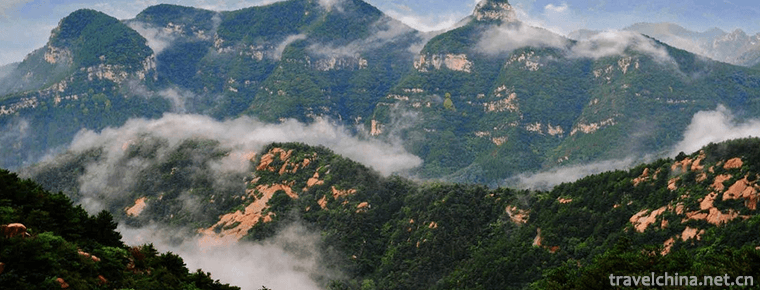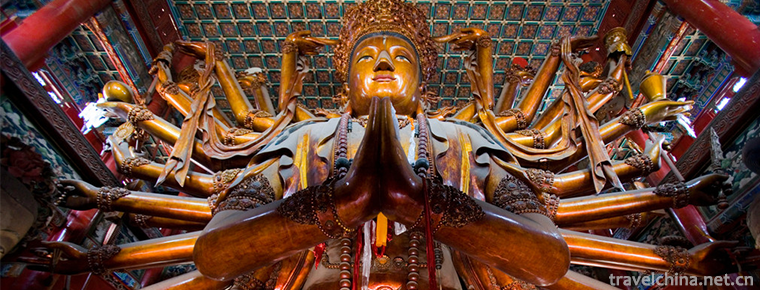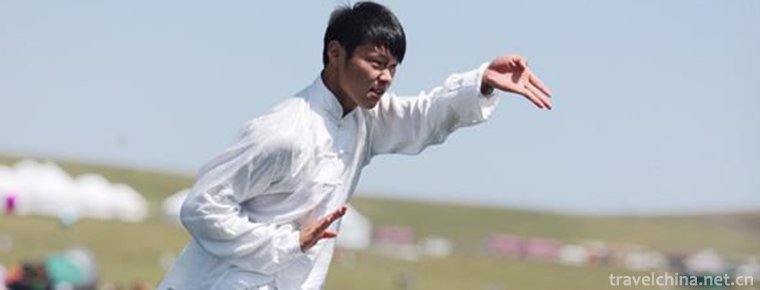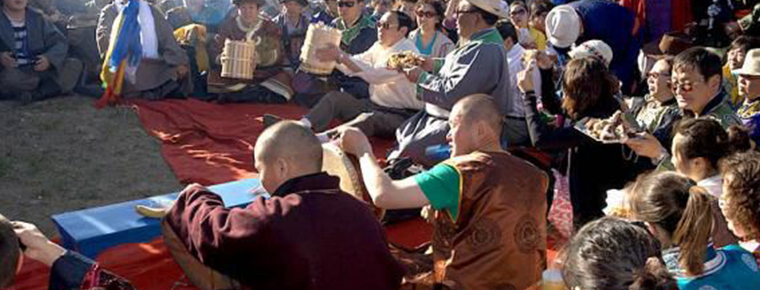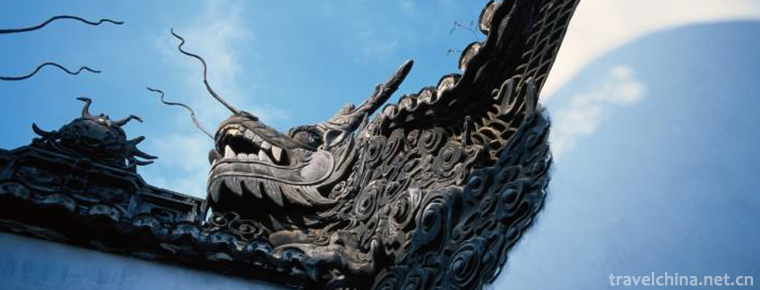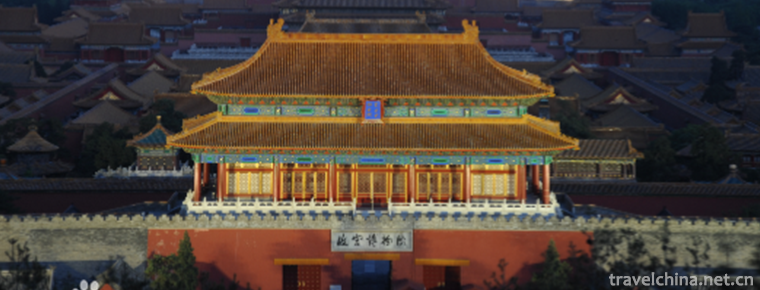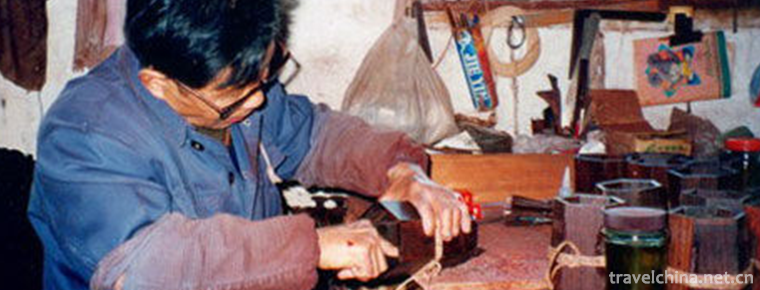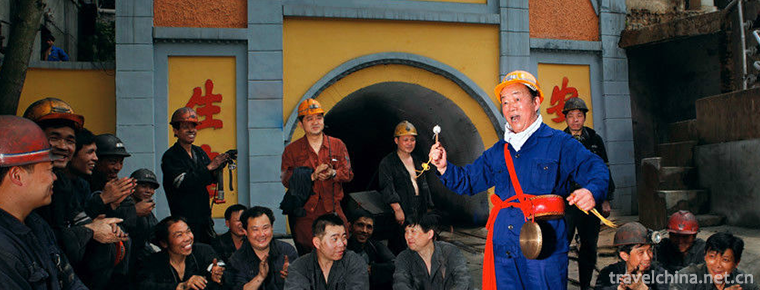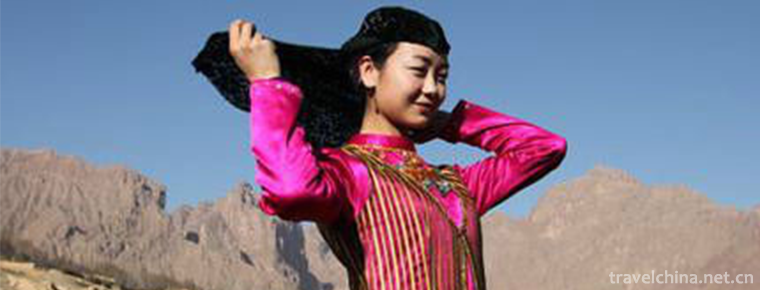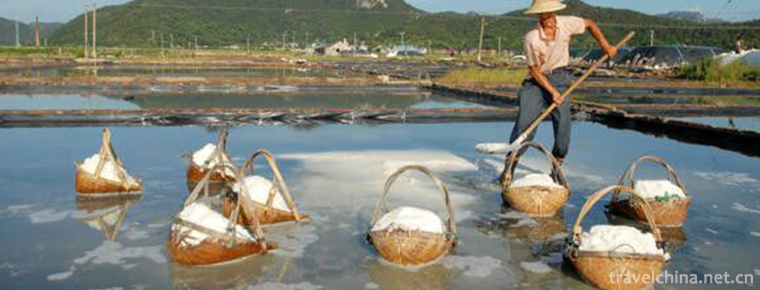Hani terrace Yuanyang terrace
Hani terrace Yuanyang terrace
Yuanyang Terrace, located in the south of Ailaoshan Mountain in Yuanyang County, Yunnan Province, is a masterpiece left by the Hani people from generation to generation. Yuanyang terrace is the core area of Hani terrace in Honghe River.
The terraces reclaimed by the Hani nationality in Yuanyang vary with the topography of the mountains. In accordance with local conditions, the terraces are reclaimed on gentle slopes while on large slopes, on steep slopes, and on small slopes. Even under the ridges of ditches, the terraces are reclaimed. As a result, the terraces are large in acres, and the small ones are only big in dustpans, often thousands of acres on a slope.
Honghe Hani Terrace is located in the south of Yunnan Province. It is distributed in Yuanyang, Honghe, Jinping and Luchun counties of Honghe Prefecture. Its total area is about 1 million mu. There are 170,000 Mu terraces in Yuanyang County alone. Yuanyang Terrace is a landscape and idyllic landscape painted by Hani people for more than 1300 years.
On June 22, 2013, the Hani Terrace on the Red River was successfully listed on the World Heritage List at the 37th World Heritage Conference, becoming the 45th World Heritage Site of China, making China the second largest World Heritage country after Spain, after Italy.
Main attractions
Of course, terraced fields are the main ones. In fact, there are terraced fields everywhere. You can see spectacular terraced scenery whenever you go out. The best place to shoot terrace sunrise: Doye Tree Scenic Area, including Doye Tree, Aichun, Dawazai and other terraced fields of nearly 10,000 mu. Here three faces the mountain, one falls into the valley, like a big bay. The upper terrace is relatively flat, while the lower terrace is steep, overlooking it like a huge waterfall, incomparably spectacular. Doyeshu has been surrounded by clouds and mists all the year round, and the sea of clouds is quite spectacular. Doyeshu is a popular place to shoot terraced sunrise. To shoot spectacles, we have to be early. The best place to shoot terraces sunset is Tiger's mouth area, including more than 6,000 Mu terraces such as Mengpin, Dongpu, Amengcon and Baoshanzhai. Mengpin terraces are located in the center, like blooming white giant flowers, looking down from the top of the mountain, and have the feeling of aerial photography. On the west side of the terrace, the Mengjian terrace is distributed on Three Hill beams, which are high and low, straight and straight, with a strong sense of rhythm. The sunset scenery here is absolute. The eastern side is a crescent-shaped terrace in Baoshanzhai, which is beautiful in shape and has a strong three-dimensional sense. In the far left upper corner of Tiger's mouth, you can also see a galloping horse. This is the landmark of Yuanyang Terrace, which once appeared on the cover of National Geography of China.
Qingkou Folk Village
Qingkou Hani Folklore Village is located in Yuanyang Terrace National Wetland Park and the core area of declaring world cultural heritage, eight kilometers away from the old county town (Xinjie Town). It maintains a complete ecosystem of four elements: forests, water systems, mountain villages and terraces. Hani people's folk customs, distinctive national cultural characteristics, unique production and lifestyle, and the integration of terraced Yunhai and the ancient "mushroom house" is a model of rational utilization of natural resources for agricultural development.
Tiger mouth terrace
Tiger mouth terraced field scenic spot is located in Yuanyang Terraced Field National Wetland Park and the core area of declaring world cultural heritage. It is 20 kilometers away from the old county town (Xinjie Town). There are 850 hectares of magnificent terraced fields with various forms and momentum. When it is clear in winter and spring, the terraced fields will show two galloping steeds and Tibetan dragons and crouching tigers. It is like a thousand-year-old turtle lying quietly in the bottom of the valley, as if telling people about the vicissitudes of the history of Hani ancestors'terrace cultivation. This terrace is the most steep and magnificent terrace in Yuanyang Mountain, which can be called the highest model of "earth sculpture".
This peculiar landscape is well-known as one of the seven new human landscapes discovered in 1993 by French newspapers and magazines. In March 1993, the famous producer, Mr. Yang Lama, took his fiancee to the scene, held a wedding ceremony, and filmed the landscaping film Sculpture of the Earth, which was released at home and abroad.
Tiger mouth terrace main attractions: Tiger mouth terrace, Meng control terrace, Baoshanzhai terrace, Meng Lang Tusi site.
Doyi Tree Terrace
Doyishu Terrace Scenic Area is located in Yuanyang Terrace National Wetland Park and the core area of declaring World Cultural Heritage. It is 23 kilometers away from the old county town (Xinjie Town) and is located at 1900 meters above sea level. It has 650 hectares of terraced fields distributed on the 25 to 50 degrees slopes of Doyishu, Aichun and Dawazhai, such as the bay. It is the best scenic area for viewing and photographing Yunhai Terraces, sunrise and mountain villages. The famous landscaping film Yunnan Story was shot with the terraces and villages as the main scenes.
Main attractions: Huangcaoling Terrace Scenic Spot, Pugao Laozhai Terrace Scenic Spot, mostly by tree terrace, Zongwa Tusi Zhangzhai Yamen.
Dam reaches terraced fields
Bada Terrace Scenic Area is located in Yuanyang Terrace National Wetland Park and the core area of declaring world cultural heritage. It is 14 kilometers away from the old county town (Xinjie Town). There are more than 950 hectares of magnificent terraces.
Bada Terrace is magnificent, beautiful and three-dimensional. Starting from the Malizhai River, which is 800 meters above sea level, thousands of terraces have been stretched to the top of the mountain at 2000 meters above sea level. Hani villages, such as Malizhai, Bada, Shangma Point and Quanfuzhuang, have been raised into the sea of clouds. More than 3700 terraces are like ladders to the sky. Terraces are golden, silver and beautiful at sunset. They are the best scenic spots for viewing and photographing terraces, sunsets and mountain villages in the Yunhai Sea.
Main attractions: Quanfuzhuang terraced fields, Ma Lizhai terraced fields, Bada terraced fields, Shangma terraced fields.
Xinjie Scenic Area
Xinjie Scenic Area is located 30 kilometers south of the county seat and 303 kilometers away from Kunming, the provincial capital.
Main attractions: Yunwu Mountain City, Qingkou Folklore Village, Longshuba Sunset Terrace, Tuguozhai Sunrise Terrace, Jinzhuzhai Rural Scenery, Bajiaoling Mountain Tusi Wanshi Mouth Works, Donggualin Martyrs Cemetery.
The main contents and characteristics of the scenic spot are as follows: mainly viewing natural landscape and humanistic landscape, blending Hani, Yi, Han and Dai nationalities, and embodying the region with different characteristics of multi-culture. Appreciate the sea of clouds and terraces, and study the distribution centers of folk customs of different nationalities.
Xinjie was originally the political, economic and cultural center of Yuanyang County, and was under the jurisdiction of Xinjie Town after its relocation in 1991. Between 1539 and 1650 meters above sea level, there are 7045 people living in Hani, Yi and Han nationalities. The highest daily temperature is 32 degrees and the lowest temperature is -2.6 degrees. There are two to three cold waves immersed in the city every year. The annual relative humidity is 85%, the fog period is 174 to 180 days, the sunshine is 1770 hours, the rainfall is 1398 mm, the annual frost period is 1.5 days, and the annual hail day is 2.7 days.
It was winter and spring, Juxin Street looked around, a vast white sea of clouds. Only see the waves rolling, do not hear the sound of the waves, the sea is dotted with several green hills, big and small, want to sink like floating, red sun rising east, colorful, sea and sky shining, magnificent and difficult to read, beautiful scenery difficult to say. To climb Mount Tai to watch the sunrise--no sea, no sea to watch the sunrise--no mountain. Mountains, seas, terraces, mountain villages and bamboos are all available here, and they shine with the sunshine. It is a place for viewing and photographing sunrise, sunset, clouds, terraces and mountain cities.
Ma Li Zhai Scenic Area
Ma Lizhai Scenic Area is located 43 kilometers south of the county town and 15 kilometers east of Xinjie. Main attractions: Quanfuzhuang terraced fields, Bada terraced fields, Ma Lizhai terraced fields, Shangma terraced fields, villages.
The main contents and characteristics of the scenic spot are: Hani customs, humanities and natural landscapes. There are 17 natural villages, 1910 households, 10244 people, 8737 Mu terraces are all Hani. It is a place to enjoy Hani terraces, Yunhai, Hani architecture and other scenery. It is also the center of understanding, researching and experiencing Hani culture.
The terraced fields in Malizhai Scenic Area are large, spectacular, beautiful and three-dimensional. From the Ma Lizhai River, which is 1100 meters above sea level, thousands of terraced fields stretch continuously to the top of the mountain at 2000 meters above sea level. Hani villages, such as Ma Lizhai, Bada, Shangma Point and Quanfuzhuang, are raised to the sea of clouds. Standing at Ma Lizhai Tea Factory to view terraces, nearly 10,000 mu of terraces are like a sloping sea, sparkling waves, rushing to the bottom of our eyes. The scenery is very spectacular. Every afternoon after 4:00, the vast white sloping sea gradually turns pink and red with the setting sun going down to the west. Then turn to pink and white. It is a place for viewing and photographing terraces that change with time.
The Hani villages have beautiful scenery and rich folkways, and the villagers are very enthusiastic about their hospitality.
Duoyi Tree Scenic Area
Doyishu scenic spot is located 55 kilometers east of the county town and 25 kilometers east of Xinjie. Main attractions: Huangcaoling View of Sunrise Terrace, Pugao Laozhai Terrace, multi-tree terrace, residential landscape, Zongwa Tusi Zhangzhai Yamen, provincial nature reserve.
The main features and contents of the scenic spot are as follows: Five Hani villages and four Yi villages are the main parts of the scenic spot. They include more than 6,000 Mu terraced fields including Aicun and Dawazai. They display the beautiful scenery of Yunhai, terraced fields and mountain villages, the multi-culture of Hani and Yi nationalities and the more than 16,000 hectares of wild and barren primitive forests in provincial nature reserves, as well as the first-and second-level national protection. Animals and plants.
Terraces in the scenic area face mountains and fall into valleys like a big bay. Covered with countless villages on three sides of Linshan, mushroom houses are like sailboats waiting to be launched; 6000 mu terraces are transverse from east to west. Standing on the back hill of the high Huangcaoling Village, we can enjoy it like ten thousand horses galloping, like a long snake dance battle. The first half of the terrace is slightly slow, such as the squirming of ten thousand snakes, and the second half is steep and straight into the abyss, such as the inclined building, which is worrying. Six thousand mu terraced fields have plenty of water, and the Baihua Bay is like a huge waterfall pouring from south to north, which is magnificent.
Here there are two hundred days a year, the sea of clouds stays in the Bay and refuses to leave, sometimes East and west, sometimes up and down, sometimes without a trace, and then the fog, then up and down, submerged layers of terraces, villages; sometimes up and up, showing layers of terraces, villages, day by day so repeatedly, each time different. It is a scenic spot for viewing and shooting clouds, terraces and mountain villages.
Provincial nature reserves cover 16,000 hectares and are composed of primitive forests. They have abundant rainfall and abundant water resources. Tens of millions of springs flow down from the reserve to the surrounding areas, irrigating more than 100,000 mu of terraced fields which are world-class. There are bee monkeys and black bears as well as evergreen Magnolia and Alsophila as the first-class protected plants in the area. Wuzhi Mountain is one of the wonders in this area. Five giant stone peaks with a height of 3,400 meters and a diameter of 50-100 meters, which are like fingers, rise up along the mountain and point directly to the sky. They stand at the top of the peak and overlook it. More than 100,000 mu of them are scattered on the terraces of thousands of ridges.
Meng pin Scenic Area
Mengpin Scenic Area is located 50 kilometers south of the county town and 20 kilometers south of Xinjie.
Main attractions: Tiger's mouth terraced fields, A Meng controlled terraced fields, Baoshanzhai terraced fields, Meng Pin waterfalls, Meng Nong Tusi ruins, Meng Pin ancient Yiwen.
The main contents and characteristics of the scenic spot are as follows: the natural and humanistic landscape of the Yi nationality is the main place to study and understand the Yi culture, feudal territorial economy, local conditions and customs.
Standing on the high tiger's mouth overlooking, the terraced fields are like a blooming white giant flower, more than 3,000 mu of terraced fields have different shapes, such as serpent-like resting stamens, sunshine like blue waves, spray up, serpents squirming like lakes and seas, and nearly a hundred canoes adorned with them, like sailing boats, are amazing. Called the most magnificent pastoral scenery in the world by photographers, it was listed as one of the seven new humanistic landscapes discovered in 1993 by French newspapers and magazines.
Looking to the west, more than 2,000 mu of Ameng-controlled terraced fields are engraved in three ridge hills extending directly from the valley to the north from the south. They are high and low, big and small, and straight. The three beams are draped with layers of terraced fields like three giant dragons, waving heartily. In the afterglow of the sunset, red, white and black are matched with each other.
Looking to the east, Baoshanzhai terraced fields with more than 2,000 Mu are all attached to seven semi-circular beams, all of them are lunar ladders, pointing directly to the sky. Terraces on seven semi-circular beams are connected, sunshine pours down and sparkling, forming a body ocean. In the middle of seven semi-circular beams, there are innumerable round hills, each of which is surrounded by layers of circular terraces to the top. The top of the hill is a field shed, green bamboo trees and fruit forests, like a fairyland. Baoshanzhai terrace is one of the terraces with good lines, beautiful shape and strong stereoscopic sense in Yuanyang terrace.
Red River Valley Scenic Area
Main attractions: Nansha tropical city, three rivers parallel flow, hanging inverted siphon, where pottery, Hani Tomb Group, Zhenjiang King Temple, tropical fruit base.
The main contents and features of the scenic spot are as follows: Dai people's customs, humanistic landscape, exhibition of ancient sites, modern night city, tropical scenery, tropical fruit forests, Tropical Botanical gardens, Dai people's Tuzhang House, Dai people's singing and dancing and other landscapes.
When you cross the Red River Valley to Nansha Bridge, you suddenly have a bright future. What you see is the straight areca nut tree, the red panzhihua, the Dai green litchi forest, the tall mango tree, the graceful acid horn forest and other tropical trees, and a modern city surrounded by green banana forest. This is the political, economic and cultural center of Yuanyang, a beautiful tropical city- - Nansha.
Nansha, formerly Nansai, Dai language, means the beach beside the water. In 1956, it was called Nansha because of the inconvenience of writing. It has an elevation of 240 meters, a maximum temperature of 43 degrees, a minimum temperature of 7 degrees, an average annual temperature of 20 degrees and an average annual rainfall of 800 millimeters. Red River, Paisha River and Malizhai River converge here and flow eastward. There are more than 8,000 people in the county town. They mainly live in Dai, Yi, Han, Hani and other ethnic groups.
Nansha Tropical City was built in 1991, when a landslide occurred in 1989 at the New Street of the old county town. The Yuanyang County Committee and the government decided to move the county to Nansha for reconstruction in order to develop the economy of Yuanyang and develop the city in the long run.
Nansha County Town is built on the beach of the South Bank of the desert drainage. There were no buildings in the past, which brought great convenience in design. They are all in accordance with the layout, planning and construction of modern cities. Therefore, the layout of the whole county town is reasonable and the construction norms are standardized.
Nansha only has spring and summer in one year. It is not only an ideal tropical tourist city, but also an ideal winter tourist city.
After the official relocation of Nansha, the people's government of Yuanyang County decided to build Nansha into a tropical tourist city, a winter tourist city, a Yunhai, terraced fields, a folk tourist city and a tropical fruit production base, according to the pattern of three cities and one place. At present, the construction of three cities and one place has taken shape and become a pearl of tourism in southern Xinjiang.
Harbin Scenic Area
Habo Scenic Area is located 115 kilometers south of the county town and 85 kilometers south of Xinjie.
Main attractions: Habo Terraces, Hani Architecture, Hani Song and Dance, Habo Long Dragon Banquet.
The main contents and characteristics of the scenic spot are: the perfect integration of Hani folk customs, music, dance and rice culture. It is a place to study Hani festivals, folk customs, songs and dances.
Habo Village is situated on a hill supported by the Chujiao River and the Hayi River. It has a unique terrain.
Habo building is built in accordance with the mountains. The different architectural styles of various branches of the Hani ethnic group are gathered here. There are four square rooms and one-day well type of Luobi branch, square wooden balcony type of Luomei branch, rectangular bungalow type of Dunhong branch, and the prototype of mushroom house in the village's modern architecture.
Habo terrace encapsulates Habo village into a circle. Standing at the eastern end of the village, we can see dozens of semi-circular beams with 45 degrees slope on the eastern side. Hundreds of meniscus-shaped terraces climb from the river valley level. At the beginning of the red sun, the terraces on dozens of beams are red, black and red, and spectacular. Habo terrace is the steepest slope in Yuanyang terrace, the strongest three-dimensional sense, the best place to watch the sunrise terrace.
Habo folklore is well preserved and colorful. Every year, the lunar month is Ox Day. It is Habo's "Onmartu" Festival. At that time, more than 260 banquets will be arranged one by one along the street, forming the longest dragon banquet in the world. It is grand and matchless, accompanied by singing and dancing.
Habo Village has always been known as the land of singing and dancing. Men and women, old and young, are good at singing and dancing. There are traditional singing and dancing, as well as innovative modern singing and dancing. Whenever there are important festivals or festivals, men, women and children, especially middle-aged and old women, celebrate with singing and dancing all day long. The famous Hani wooden drum dance, Brown fan dance, bowl dance and wood sparrow dance on the stage of Manchu province and prefecture all originate from Habo village. Other scenic spots in Yuanyang have terraced fields of 190,000 mu, which are distributed on 2289 square kilometers of land in the county. The most spectacular scenic spots are terraced fields in Niujiao Village, Liangxinzhai Village, Xin An Suo and fruit stage. Four contiguous terraces have a total of 34379 mu, with Niujiaozhai River as the boundary, divided into eastern and Western terraces, stand in the east to observe sunset terraces, stand in the west to observe sunrise terraces. The main features are: large area, spectacular. Nowadays, because of the inconvenience of traffic, few tourists are involved.
Secondly, the terraces of Xiaoping Zi, Nikupu, Lao Cao Zhai, Dayutang, Xiaoxinjie, Shibeizhai, Dalaka, Ganiang, Dawuzhai, Kuluzhai, Shangxin, Xiasheng, Wahui, Potou, Majie and Yaozhai are all tens of thousands of mu of terraces with different shapes. Characteristic, but because of the long distance and inconvenience of transportation, few tourists are involved.
Characteristics of scenic spots
Firstly, the terraces with large area and different shapes are successively divided into patches, each with an area of up to 1000 mu.
Second Absolute: The terrace can be seen from the gentle slope of 15 degrees to the cliff of 75 degrees.
Three absolute: series, most of the time can be opened on a slope of more than 3001 steps;
Four Absolutes: High altitude, terraced fields from valleys to mountains over 2002 meters above sea level, can reach the highest limit of rice growth.
Yuanyang Terrace is a masterpiece left by Hani people from generation to generation. There are six or seven scenic spots in Yuanyang terrace, such as Duoshu, Dada, Mengpin and Longshuba, which have their own characteristics. They are 24 kilometers farthest from the county town.
Tourism information
Yuanyang is famous for its magnificent terraces, splendid national culture and colorful national festivals. More and more photographers come to look for the beautiful and mysterious terraces in Yuanyang.
Clothing
Yuanyang is on the Tropic of Cancer, but there are still more than 1600 meters above sea level, so the climate is good, not cold or hot, but it's cooler in the morning and evening, the sunshine at noon is very toxic, pay attention to sunscreen. Clothing is mainly light, T-shirt, shorts, can be worn all year round. A coat is also needed.
food
Field snail
The terrace water in Yuanyang is flowing and clear, and the mud in the field is soft and deep. It is the place where the snails grow. Under such conditions, the meat of the snails grows is sweet and tasty. It has high calcium content and good medicinal value.
Bamboo worm
Bamboo insects, also known as bamboo wasps, bamboo maggots. Parasitic in the bamboo tube, mainly to eat tender bamboo, from the bamboo tip to eat down, and finally hide in the root tube, to November body fat stop eating, it is appropriate to catch, outdated pupae. Bamboo insects not only like to eat in Hani, but also like to eat and hunt in Zhuang and Buyi. In the valley where the Buyi people live, Nanzhu is dense, and the bamboo stems can be cut open to take as the bamboo tips turn yellow. The fried bamboo insects are golden yellow and bright, crisp and fragrant, with high protein content. They are delicacies with wine.
Dried beef
After slaughtering beef cattle with smooth hair color and well-proportioned fat, the dried beef is cut into strips, coated with salt, pepper, pepper, anise, straw and fruit noodles and salted for one to two days, then put on bamboo strips or arrowheads and hang them over the stove room or fire pond for smoking and storing. When eating, steamed in a wooden steamer or wrapped in banana leaves and covered in mother ash in a fire pond, then cooked with ginger slices, garlic and green pepper in a wooden mortar, it tastes delicious and tastes unique. Large appetite; can also be cut into thin slices fried food.
Terraced red rice
Terraced red rice comes from the well-known Yuanyang Hani terraced field. Its cultivated area and yield are not large. It is a good variety of Yuanyang Hani people planted for 1300 years. Yuanyang Hani Terrace is 1400-1800 meters above sea level. Near the Tropic of Cancer, spring water paddy fields and long street banquet terraces are rich in minerals, rich in anti-cancer red pigments and a variety of amino acids. They are good at cooking porridge and cooking. They can live a long and healthy life. They are the first choice for family and friends. In 2014, Yuanyang high-quality red rice (Xinmi) officially began online sales. Tourists can buy it directly from Taobao. The brand name and online store are Huanxingu Dangyuan Taste Store.
Food pupae
Wild edible larvae were collected for processing and eating, including Bumblebee pupa, Bumblebee pupa, wasp pupa, grass bee pupa, white-footed bee pupa, gourd bee pupa, Bumblebee pupa, bee pupa, tree pupa, bamboo pupa, shrimp pupa, etc. The collecting time was from 8 to 11 months. After collecting, boiling was sweet, frying was fragrant, and the black bee pupa and bamboo pupa were the best. Delicious, is the banquet of the first-class delicacies.
housing
Old County Town (Xinjie Town):
1. The Cloud Ladder Hotel (three-star) is one of the best hotels in the region.
2. Yuanhua Hotel (Honghezhou Shop) is star-free and in good condition.
County Town (Nansha Town):
1. Nansha Hotel (three-star) is one of the best hotels in the region.
For more hotels, please open the citation links, as well as telephone calls and other people's comments.
Walk
Public transportation
Kunming-Yuanyang Xinjie Town:
Kunming Southern Passenger Station takes Kunming-Yuanyang Bus, 139 yuan per person, 5-6 hours'journey.
New Street Town to the gate of the scenic area, as well as between the gate and each scenic area, there is a van to sit, the fare is 5-10 yuan.
Chartered car
Comparatively recommend a few people chartered or self-driving, easy to control the play time. About 300 yuan a day for chartered terraces, about 100 yuan for tiger mouths and 150-200 yuan for half-day sunrise in Doyishu.






































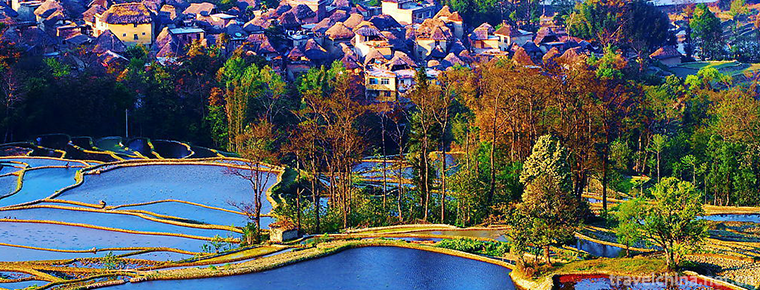
-
Yimeng Mountain Range
Yimeng Mountain Tourist Area is a cross-regional tourism area consisting of the geographical coordinates of Mengshan and Yishan Mountains according to the local tourism department of Shandong Province.
Views: 118 Time 2018-12-08 -
Hanguguan Historical and Cultural Tourist Area
Hangguguan Historic and Cultural Tourist Area is a national AAAA-level scenic spot built by Lingbao Municipal Committee and Municipal Government with an investment of 589 million yuan..
Views: 216 Time 2018-12-26 -
Puning Temple
Puning Temple is located in Chengde City, Hebei Province. It was built in the Qianlong period of the Qing Dynasty. The first half of the temple is Han-style,.
Views: 155 Time 2019-02-07 -
Jia Jia Quan
Amaranth, also known as Amaranth, Amaranth hammer, one of the traditional Chinese boxing. It was founded by Mr. Junai Zhou (1724-1783) in Heshui County, Zhengzhou, in the reign of Qianlong in the Qing.
Views: 224 Time 2019-04-16 -
Sebin Festival of Ewenki Nationality
"Serbin" is an Ewenki language, meaning "happy and peaceful". Sebin Festival is a traditional festival of the Ewenki people. On Sebin Festival, Ewenki hunters gather together.
Views: 161 Time 2019-04-28 -
Restoration Techniques of Ancient Architecture
Ancient buildings are an important part of historical relics in China. Protecting, restoring and renovating ancient buildings is one of the important tasks in the protection of cultural relics..
Views: 108 Time 2019-05-01 -
Construction Skills of Official Ancient Architecture
In the process of construction and maintenance of the Palace Museum ancient buildings, a complete set of traditional palace building construction techniques with strict shape has been formed on the ba.
Views: 296 Time 2019-05-01 -
Production Techniques of National Musical Instruments
The production of national musical instruments in Suzhou is one of the local traditional handicraft techniques in Jiangsu Province. With a long history, a wide range of varieties, exquisite skills and.
Views: 444 Time 2019-06-05 -
Pingxiang spring Gong
Pingxiang Spring Gong is a traditional form of music evolved from Primula in Pingxiang, Jiangxi Province. It is widely spread in Pingxiang City and its surrounding areas. It uses Pingxiang dialect and.
Views: 144 Time 2019-06-09 -
Salar Costume
The traditional dresses of the Salar nationality are bright and bright in color and full of national characteristics. Salar costumes have two characteristics, namely (1) Islamic color of costumes; (2).
Views: 127 Time 2019-06-11 -
Salt drying Techniques
Salt-drying process is a special kind of handicraft technology. Its existing form is different from the general intangible culture. Its products are closely related to people's daily life and industri.
Views: 135 Time 2019-06-13 -
Collection value of Chinese embroidery
Mr. Chen, a fan of antique collection, bought a silk embroidery at Fuzhou flea market for more than 10000 yuan 19 years ago, which is worth at least 300000 yuan by 2008. This embroidery, about 1.8 meters long, has a dark red background, with butterfly.
Views: 335 Time 2020-12-12
